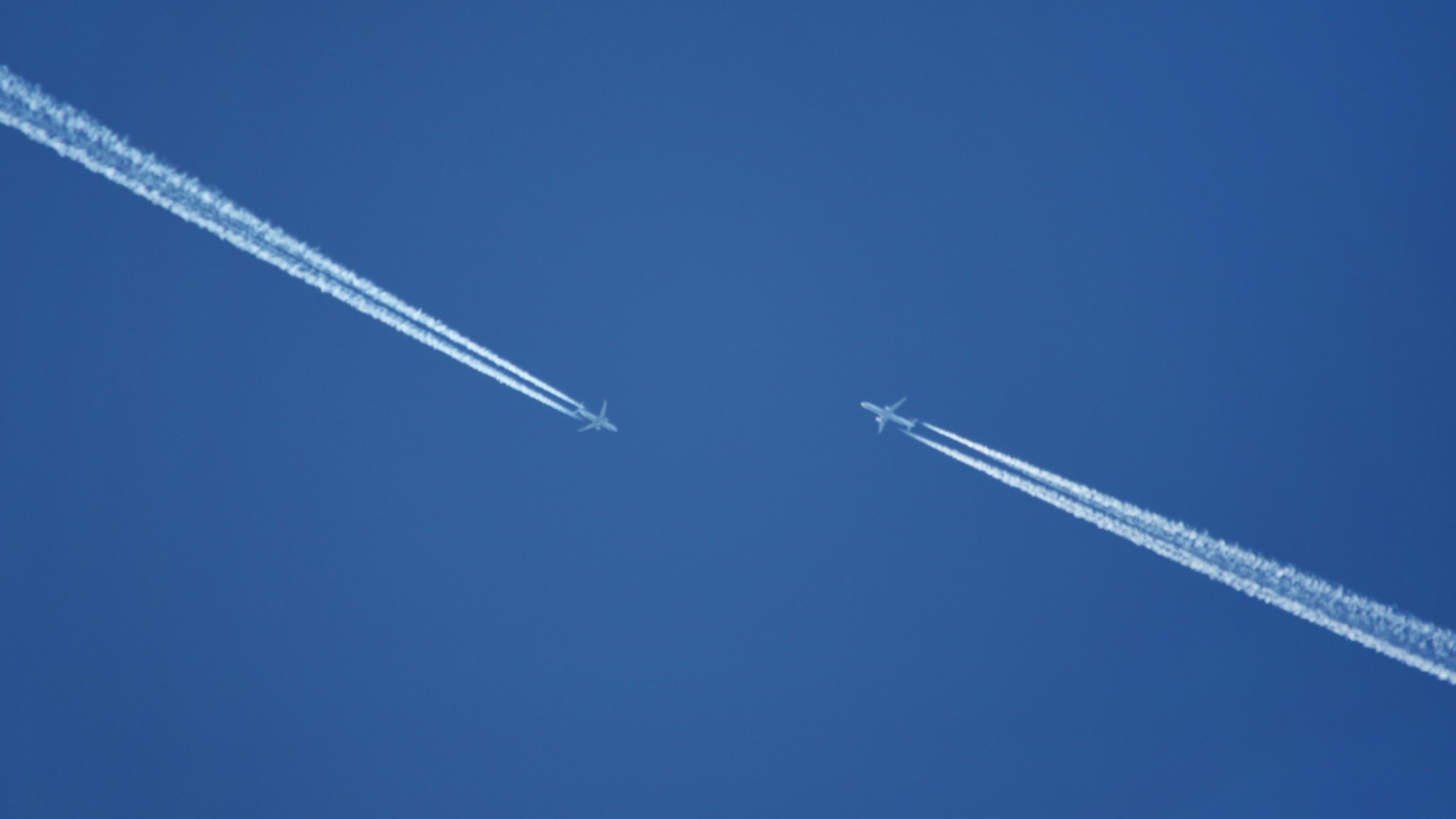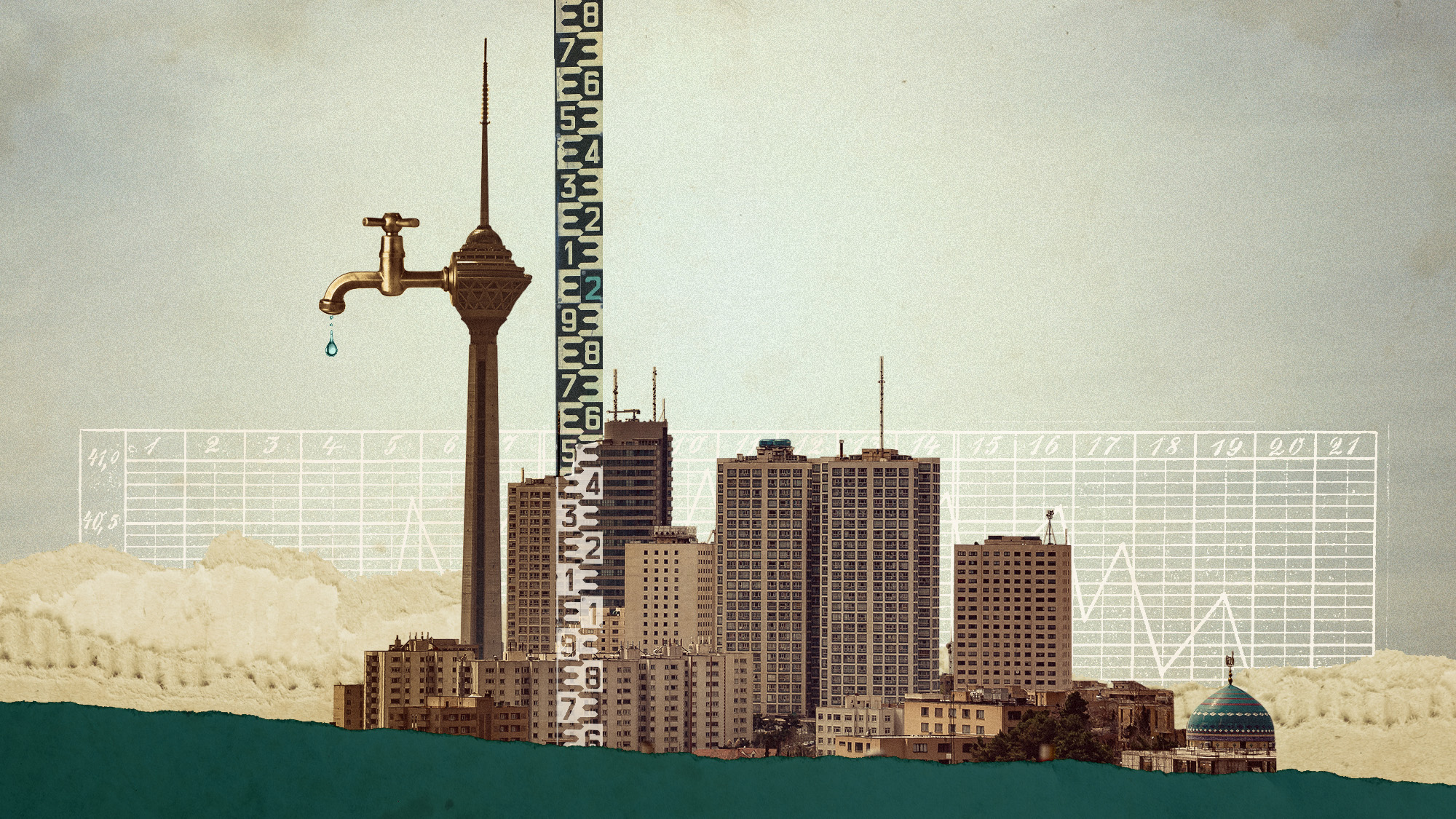The uneven effects of climate change
Rapidly-intensifying weather and natural disasters are proving to create lopsided devastation across the globe.


Hurricane Ian came and left, leaving behind a trail of destruction. The beginning stages of recovery in Florida highlight the uneven effects of extreme weather worsened by climate change across the world. Why are storms stronger than ever in recent years, and why are some areas with the lowest emissions contributing to climate change still the most affected by these devastating natural disasters? Here's everything you need to know:
Are storms and extreme weather getting worse?
Over the years, extreme weather around the globe has become more frequent and intense. Just looking at the Atlantic hurricane season in the U.S., which runs from June through November, there were on average more hurricanes and named storms in the last ten years than earlier. Also, 2020 broke a record with the highest number of named storms of all time, at 30.
Hurricanes are not the only weather phenomenon that's worsening. This summer, the world witnessed record-high heatwaves, California experienced devastating wildfires, Pakistan experienced severe flooding, and La Niña, causing unusually cold ocean temperatures in the Equatorial Pacific, appeared for the third consecutive year in a row. The common thread among all these phenomena is climate change.
The Week
Escape your echo chamber. Get the facts behind the news, plus analysis from multiple perspectives.

Sign up for The Week's Free Newsletters
From our morning news briefing to a weekly Good News Newsletter, get the best of The Week delivered directly to your inbox.
From our morning news briefing to a weekly Good News Newsletter, get the best of The Week delivered directly to your inbox.
What is the role of climate change?
Climate change causes rising average global temperatures, which can intensify the severity of storms. With higher temperatures, there is more water vapor in the atmosphere as well as warmer ocean temperatures, leading to more fuel for storms like hurricanes, that form in warm water. Also, areas that already tend to be dry, will be drier in warmer temperatures, leading to droughts.
Climate change also impacts the natural phenomena known as El Niño and La Niña, also known as the El Niño Southern Oscillation (ENSO). This is a cycle of warm and cool water that occurs in the tropical Pacific Ocean and has implications for weather and agriculture in multiple regions. The frequency and intensity of the cycle have increased and have caused coral bleaching and an increase in storm activity.
Much of the climate change we are witnessing is caused by humans. The burning of fossil fuels has greatly increased greenhouse gas emissions that trap heat in the atmosphere and lead to a rise in temperatures, NASA explains. Human industrialization has increased carbon dioxide emissions by 50 percent since 1750. According to the 2021 Climate Report by the National Oceanic and Atmospheric Administration (NOAA), the average global temperature has increased by approximately 0.08 degrees Celsius per decade since 1880 but has increased to an average of 0.18 degrees Celsius since 1981, which is more than double.
Another major issue is that the countries that create the most emissions are not necessarily the same countries facing the most severe consequences of climate change.
A free daily email with the biggest news stories of the day – and the best features from TheWeek.com
Where do we see the worst impacts?
While the evidence of climate change is all over the world, as seen in the intensity of Hurricane Ian or the record heatwave in Europe, certain countries cause more damage, and certain countries see greater impacts.
Currently, the highest carbon dioxide polluters are China, U.S, India, and Russia, with China responsible for approximately 30 percent of the world's emissions and the U.S. responsible for 14 percent. Across the globe, scientists have determined that warming temperatures should be capped at 1.5 degrees Celsius, as agreed to in the Paris Agreement. While even this much is harmful, any more than this threshold can have dire consequences, NPR reports. Some of the outcomes are coral reefs dying, the appearance of stronger storms with catastrophic damage, like Hurricane Ian, and glaciers melting, causing sea-level rise and flooding.
The most distressing part is that climate change is not an isolated issue. Some of the most affected cities and countries are those that are not really causing the bulk of the problems in the first place.
Lagos, Nigeria is one of those areas. The city is rapidly growing in population, which will cause a strain on its resources, reports Time. It's a coastal city, meaning any erosion along the coast could significantly disturb the region's crucial agriculture and fishing industries, and rising sea levels can contaminate the water supply. The warmer temperatures will likely also cause severe droughts.
These devastating effects would be in spite of the fact that Nigeria produces 0.23 percent of the world's emissions.
While there will be droughts in Nigeria, Haiti will have the opposite problem, continues Time. Since the country is located in the hurricane-prone region of the Atlantic, they are likely to see wetter and more severe ones. Haiti is a developing nation with fewer resources and is still recovering from previous natural disasters, making it difficult to prepare for the future. The country is also an island, making it susceptible to flooding and rising sea levels.
Haiti produces 0.01 percent of global emissions.
Poorer, more densely populated countries will always face disproportionate impacts of climate change because high populations lead to strained resources, which climate change strains even more. However, even industrialization has a disproportionate effect. For example, Bangladesh has been the number one most polluted country for multiple years in a row alongside Chad, Pakistan, Tajikistan, and India in the top 5. This list isn't surprising given that developing nations with high populations have less access to the infrastructure needed to control air quality.
Even within the U.S., low-income communities face a larger share of the burden in dealing with the fallout of industrialization. Hydraulic fracturing plants, known as fracking wells, are more likely to be located in less affluent areas, reports Scientific American. These areas are more likely to face water contamination and gas leaks, both of which are harmful to human health.
Though these harmful effects often fall on low-income communities, it's the wealthier Americans who "are releasing vast amounts of carbon dioxide compared with lower-income people," says Scientific American.
What can be done?
The biggest action that scientists agree should be taken is rapidly working on all fronts to slow climate change. Any rising temperatures spell trouble all over the world, most urgently in the communities that have had the smallest role in causing them.
The International Energy Agency (IEA) has identified a need to be net zero in emissions by 2050 to viably cap temperature change at 1.5 degrees Celcius.
"Climate scientists have repeatedly stressed the best weapon to tackle rising global temperatures is to reduce greenhouse gas emissions as quickly as possible," reports CNBC.
The IEA estimates that, by 2030, $4 trillion in annual clean energy investments worldwide will be needed. Also, major innovation will be needed for new clean technology to replace the current polluting infrastructure.
Overall, the world will need to completely rework its energy system to reach net zero, however, prevention is better than dealing with the aftermath.
Devika Rao has worked as a staff writer at The Week since 2022, covering science, the environment, climate and business. She previously worked as a policy associate for a nonprofit organization advocating for environmental action from a business perspective.
-
 Political cartoons for December 20
Political cartoons for December 20Cartoons Saturday’s political cartoons include drowning rats, the ACA, and more
-
 5 fairly vain cartoons about Vanity Fair’s interviews with Susie Wiles
5 fairly vain cartoons about Vanity Fair’s interviews with Susie WilesCartoon Artists take on demolition derby, alcoholic personality, and more
-
 Joanna Trollope: novelist who had a No. 1 bestseller with The Rector’s Wife
Joanna Trollope: novelist who had a No. 1 bestseller with The Rector’s WifeIn the Spotlight Trollope found fame with intelligent novels about the dramas and dilemmas of modern women
-
 Crest falling: Mount Rainier and 4 other mountains are losing height
Crest falling: Mount Rainier and 4 other mountains are losing heightUnder the radar Its peak elevation is approximately 20 feet lower than it once was
-
 Death toll from Southeast Asia storms tops 1,000
Death toll from Southeast Asia storms tops 1,000speed read Catastrophic floods and landslides have struck Sri Lanka, Indonesia, Thailand and Malaysia
-
 Can for-profit geoengineering put a pause on climate change?
Can for-profit geoengineering put a pause on climate change?In the Spotlight Stardust Solutions wants to dim the sun. Scientists are worried.
-
 How will climate change affect the UK?
How will climate change affect the UK?The Explainer Met Office projections show the UK getting substantially warmer and wetter – with more extreme weather events
-
 Can the UK do more on climate change?
Can the UK do more on climate change?Today's Big Question Labour has shown leadership in the face of fraying international consensus, but must show the public their green mission is ‘a net benefit, not a net cost’
-
 Did Cop30 fulfil its promise to Indigenous Brazilians?
Did Cop30 fulfil its promise to Indigenous Brazilians?Today’s Big Question Brazilian president approves 10 new protected territories, following ‘unprecedented’ Indigenous presence at conference, both as delegates and protesters
-
 Can the world adapt to climate change?
Can the world adapt to climate change?Today's Big Question As the world gets hotter, COP30 leaders consider resilience efforts
-
 Taps could run dry in drought-stricken Tehran
Taps could run dry in drought-stricken TehranUnder the Radar President warns that unless rationing eases water crisis, citizens may have to evacuate the capital
